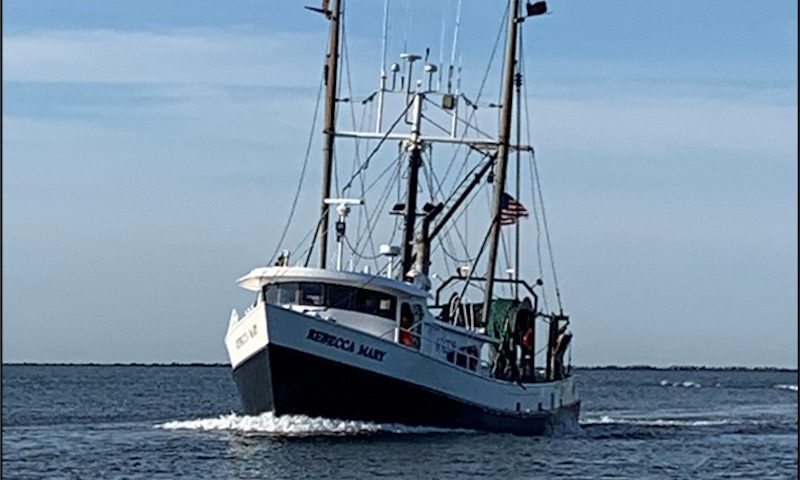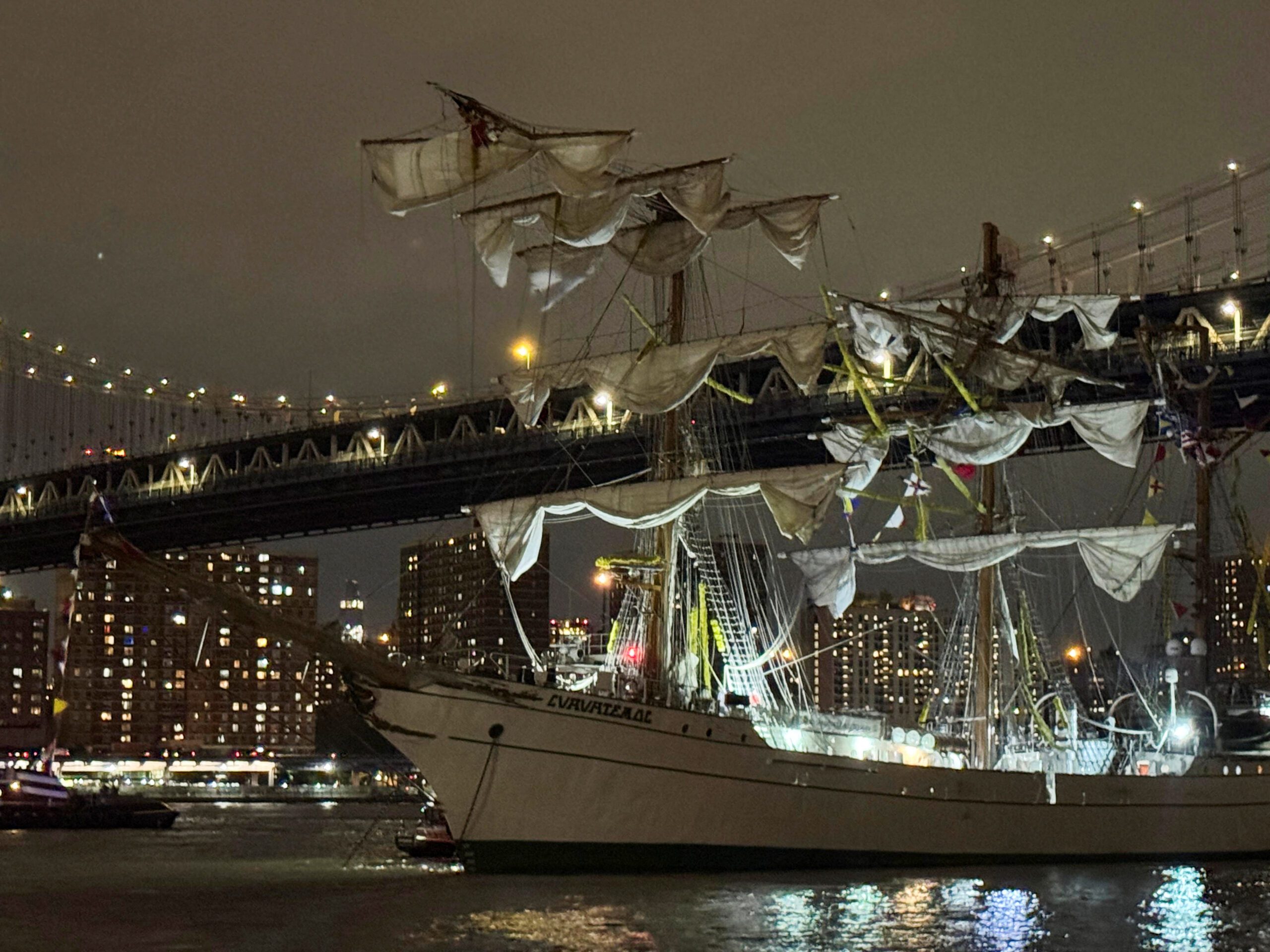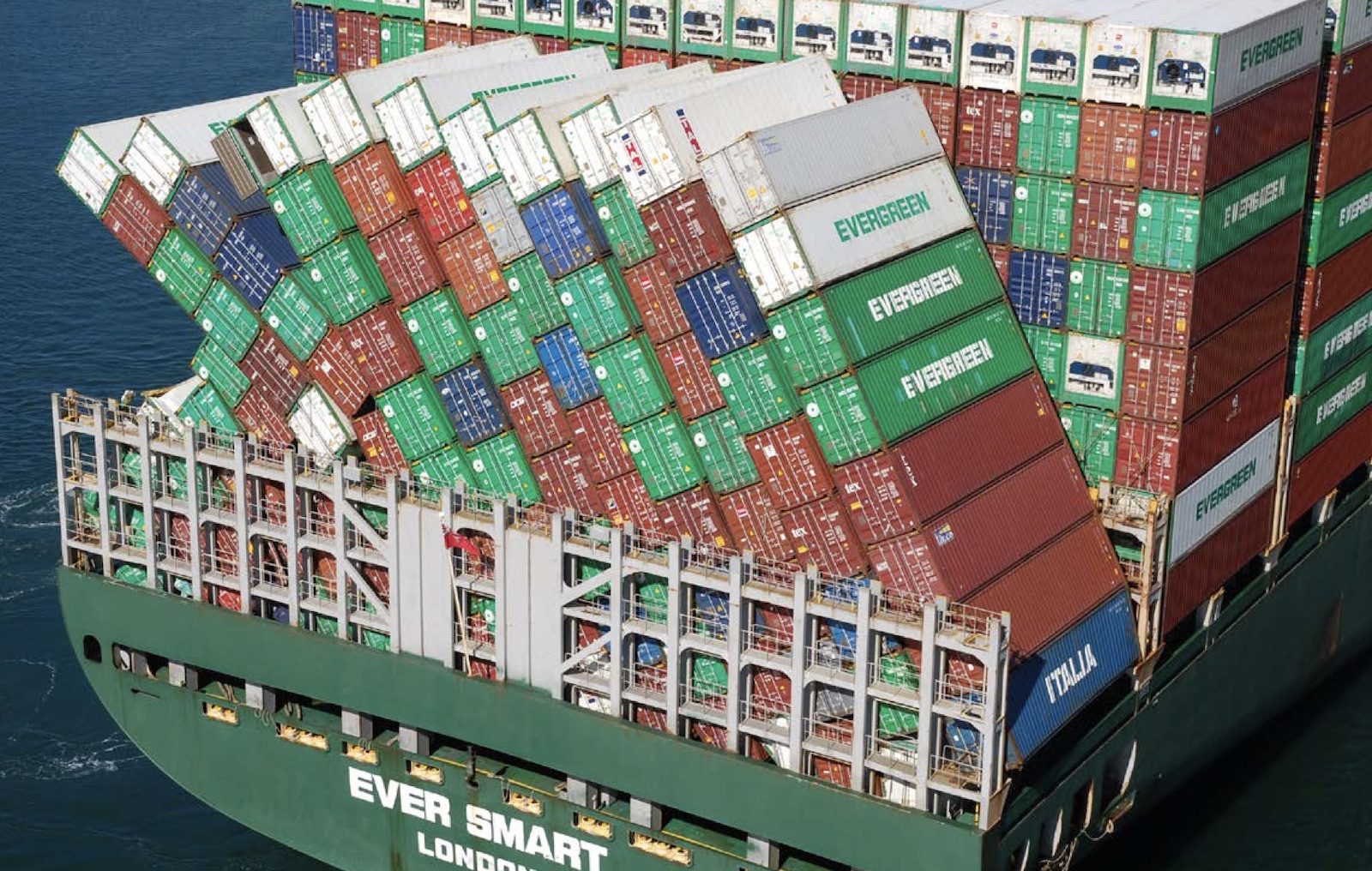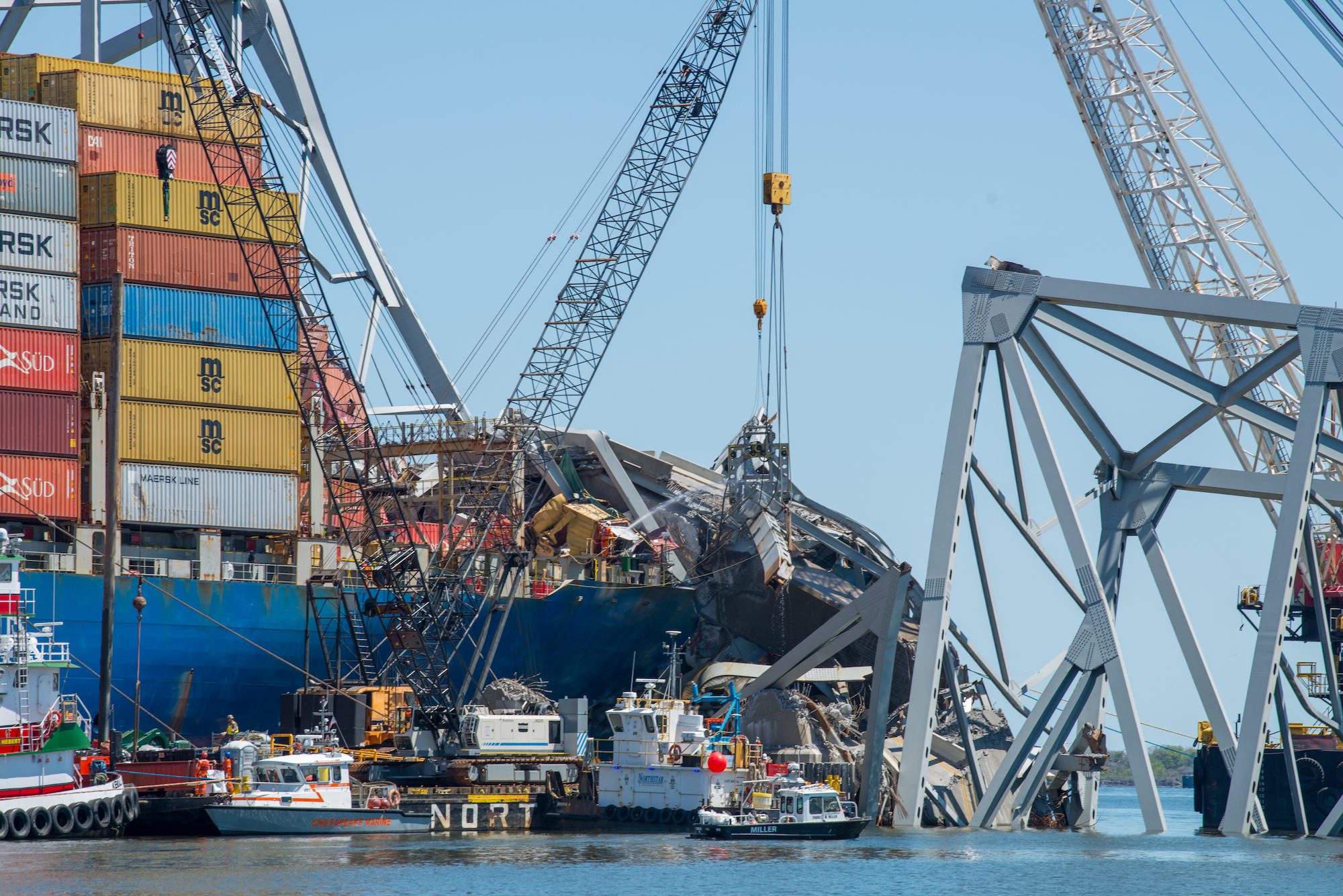The U.S. National Transportation Safety Board is crediting a heads-up crew and early communication with the Coast Guard for saving lives during last year’s sinking of the fishing vessel Rebecca Mary.
The NTSB on Tuesday issued Marine Accident Brief 21/12 detailing its investigation into the accident, which occurred about 40 miles south of Martha’s Vineyard, Massachusetts.
The report said that around 4 a.m. on June 17, 2020, after a bilge alarm sounded, a deckhand on board the vessel noticed the port aft corner of the fish-laden vessel was taking waves over the gunwale, or upper edge of the vessel’s side. Seawater was accumulating on the aft deck – and over the top of the hatch to the lazarette, the aft-most under-deck compartment. The hatch was equipped with a cover that could not be latched closed. With the situation deteriorating, the crew donned their survival suits.
At 4:09 a.m., the captain made a distress call to the Coast Guard on VHF channel 16 and activated the emergency position indicating radio beacon, or EPIRB. While pumping seawater from the aft spaces, the captain also provided several radio updates. At the same time, the crew monitored the seawater level on the working deck, which “kept creeping up” as the vessel’s stern sank deeper in the water. The captain stated that he was unable to access the lazarette hatch but believed the hatch cover was gone.
Shortly after 5 a.m., with the vessel sinking by the stern, the crew tied the vessel’s life raft to the portside handrail and threw its canister overboard. The life raft inflated successfully. But almost immediately afterward, the Rebecca Mary rolled over to port. During the roll, the vessel’s rigging tore into the life raft, instantly deflating it and forcing all crewmembers into the water in their survival suits. Once in the water, they locked arms and waited. Just minutes later, at 5:07 a.m., a Coast Guard helicopter arrived on scene. By 5:59 a.m. all four crewmembers were at Air Station Cape Cod.
“Early communication with the Coast Guard and preparing to abandon ship by donning survival suits or personal flotation devices when experiencing significant flooding, fire or other emergencies increases the likelihood of survival,’’ the report said. “When deploying life rafts and other life-saving appliances, crews should attempt to launch and/or inflate in areas clear of obstructions.”
Because the vessel could not be examined after the sinking, it is unknown if there were any hull failures or other areas of water entry prior to the time the deckhand noticed sea water coming in.
Read the report: Marine Accident Brief 21/12

 Join The Club
Join The Club











